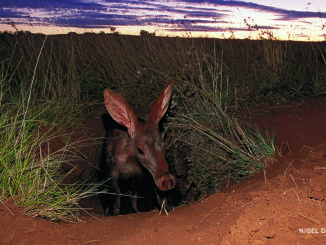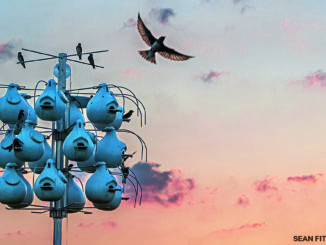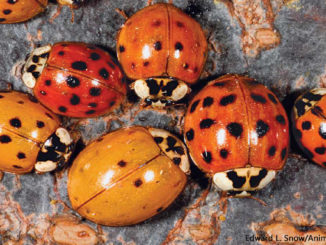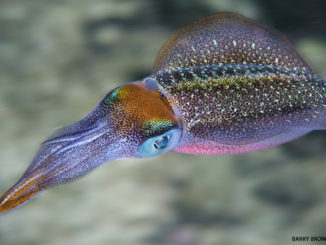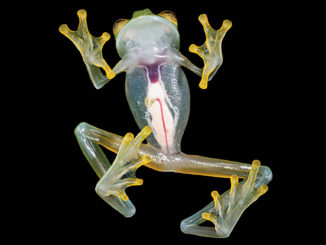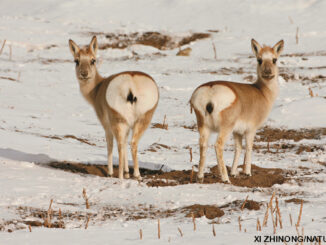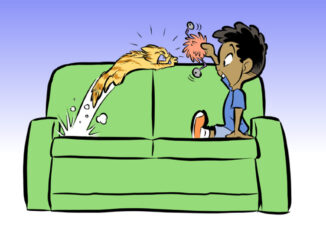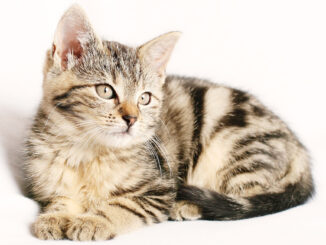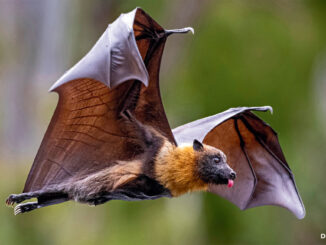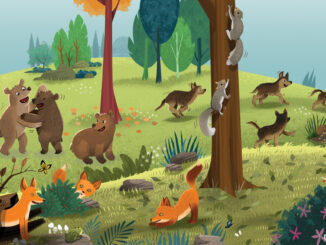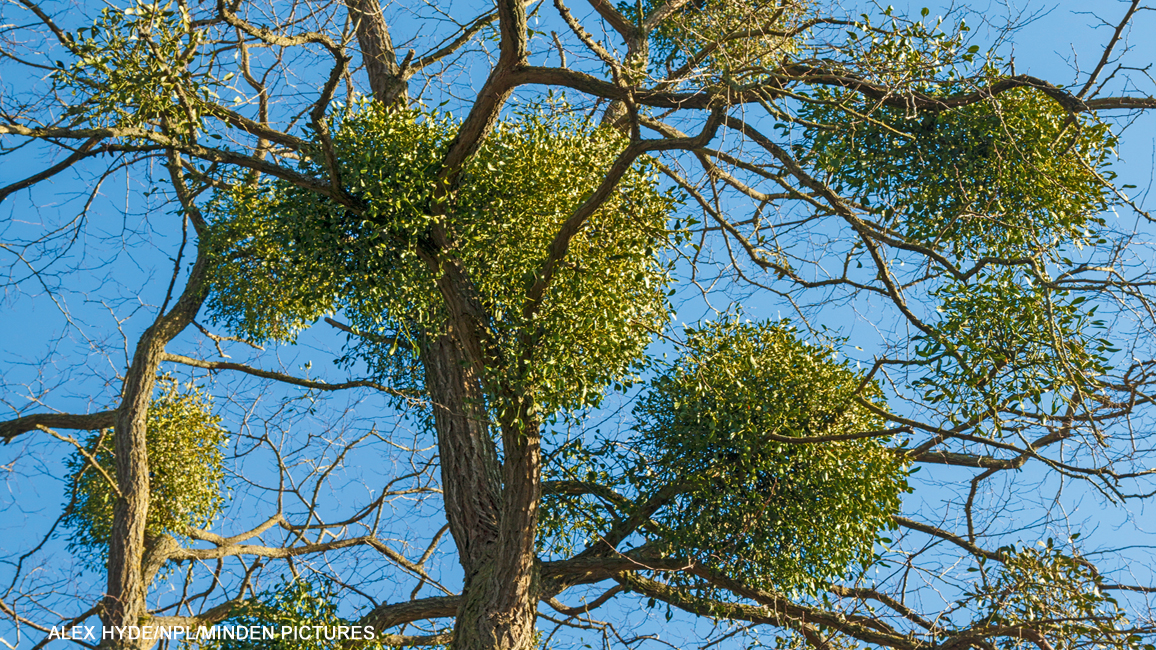
Pucker Up—It’s Mistletoe!
By Deborah Churchman
If two people stand under a sprig of mistletoe (MISS-uhl-toh) at Christmastime, they’re supposed to kiss. But get this: Mistletoe is a kind of parasite (something that lives off something else). It has really sticky, gooey berries. And those berries are poisonous to people! Still want to kiss under this? Here are seven things about mistletoe that might make you want to pucker up—or not.
1. It was a peacemaker.
Some ancient tribes of Europe thought that mistletoe was a plant of peace. Enemies would meet beneath clusters of mistletoe and settle their disagreements. That may be how the custom of kissing under the mistletoe got started.
2. People thought it offered protection.
Some people used to hang mistletoe over a baby’s cradle. They believed it would keep fairies from stealing the baby. Also, some people wore sprigs of mistletoe on their clothes or hung them in their homes. Mistletoe was said to protect them from demons and witches.
3. It feeds many animals.
If you ate mistletoe, it would make you sick. But many animals—including squirrels, chipmunks, and porcupines—pig out on the plant. Butterflies and moths often sip nectar from mistletoe flowers. And many birds eat the berries.
4. It’s sneaky.
Most plants grow in the ground. But mistletoe grows on other plants such as trees. It sinks tiny roots into a branch. Then it uses the roots to suck out some of that plant’s water and minerals. What a thief! But, like most green plants, mistletoe makes its own food. And it doesn’t usually destroy the host plant it’s growing on.
5. It’s powered by poop.
Birds such as the Bohemian waxwing above eat a lot of mistletoe berries. But how do they deal with the sticky seeds inside the berries? Sometimes they wipe them off their beaks onto a branch. And sometimes they poop out the seeds, which ay land on a branch. Either way, the seeds then have a perfect place to grow into new mistletoe plants.
6. It’s a super spitter.
A few kinds of mistletoe spread by shooting their seeds far and wide. Some of those seeds may fly as far as 50 feet. And they may travel as fast as a car on a highway!
7. It can be easy to see.
There are about 1,300 species of mistletoe around the world. Some of the ones that grow in the United States are easiest to see in the winter when many trees are bare. If you want to spot mistletoe in a tree near you, look for a ball of tiny green leaves high up in the branches. Or a whole bunch of them, as in the tree at left!
So don’t kiss off mistletoe. It’s a friendship-building, super-spitting, sneak-thief champion!



